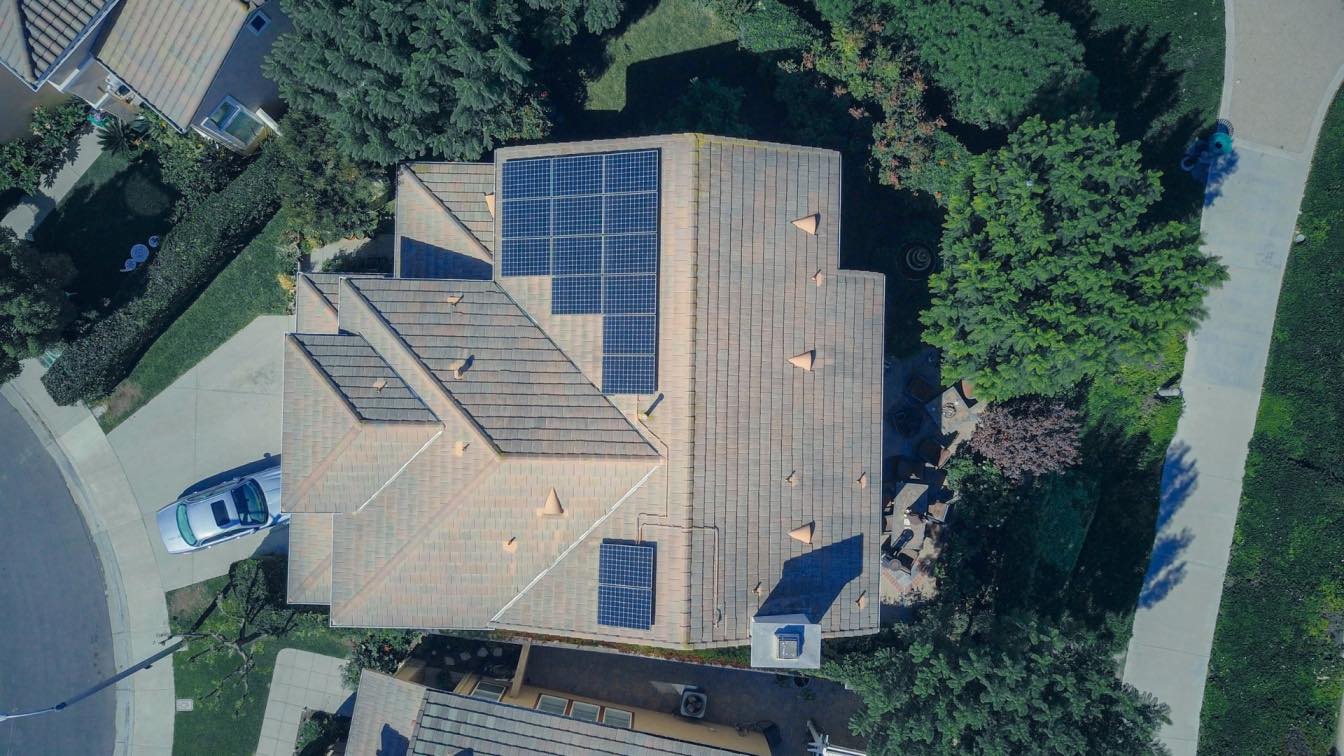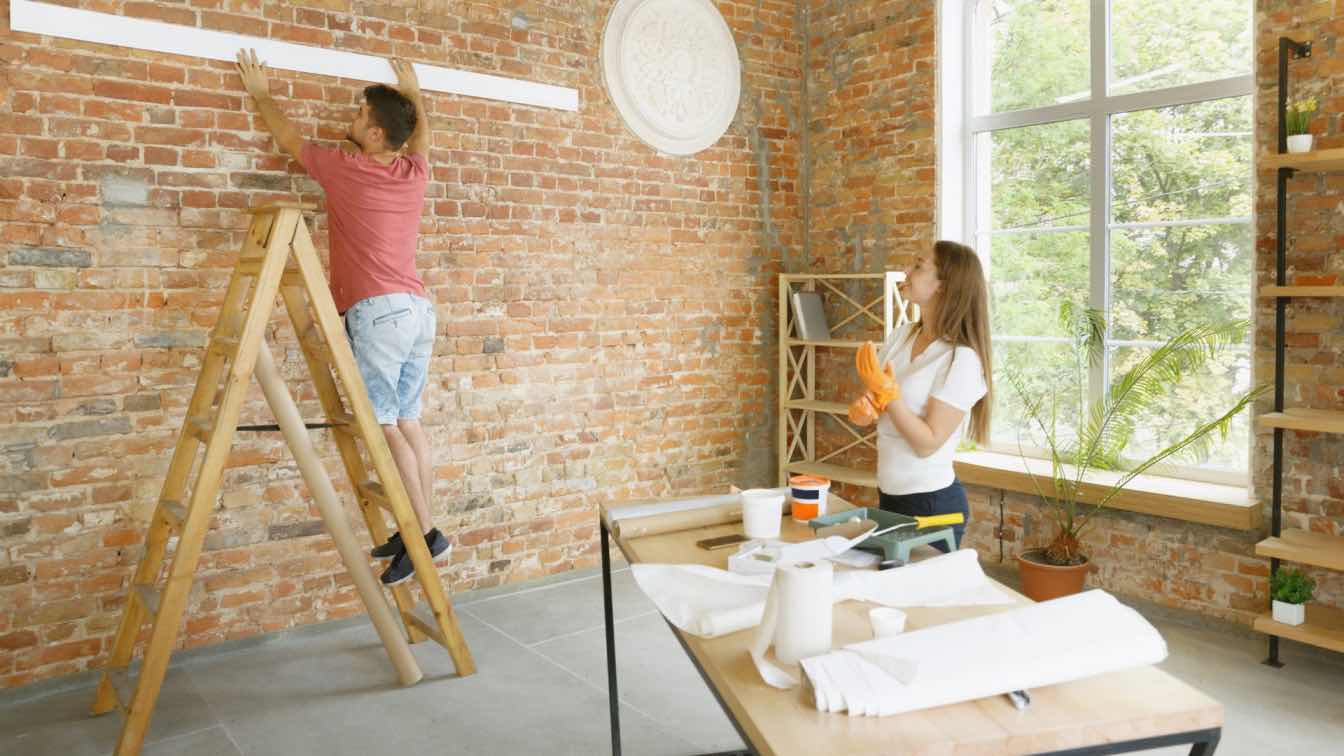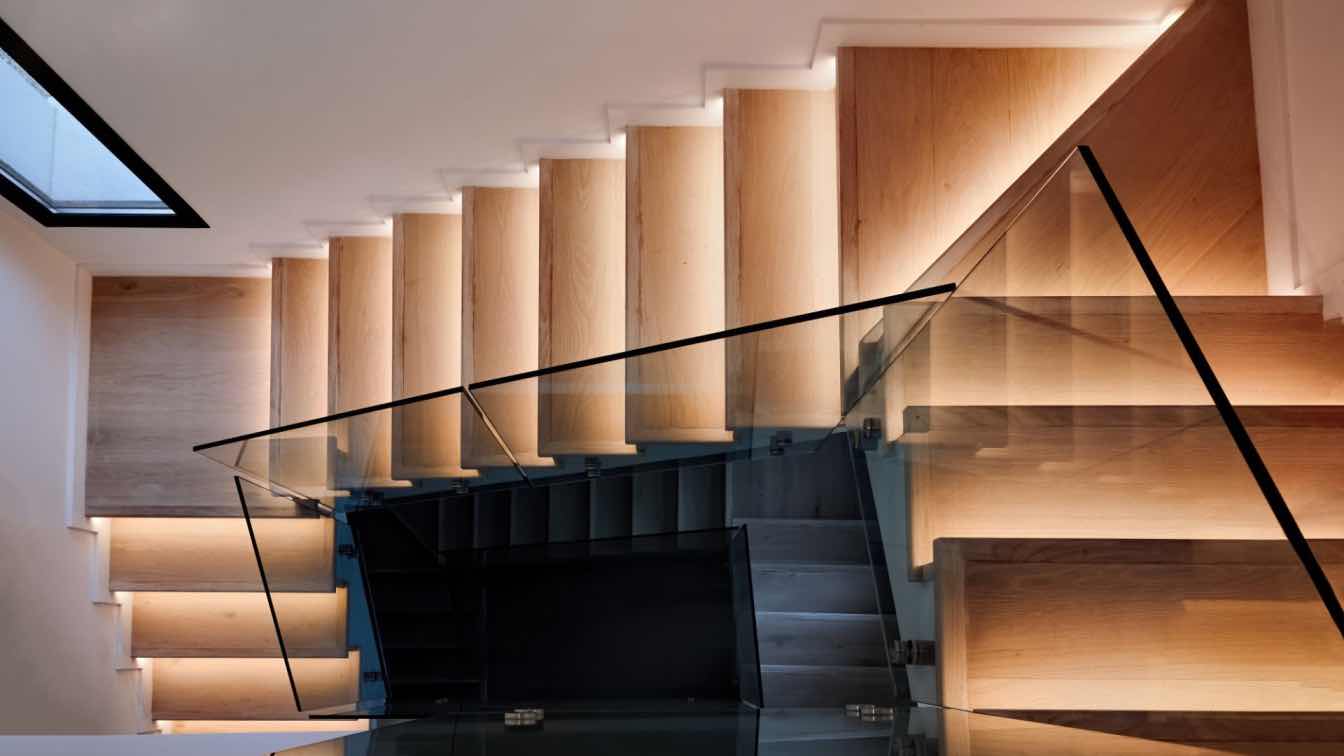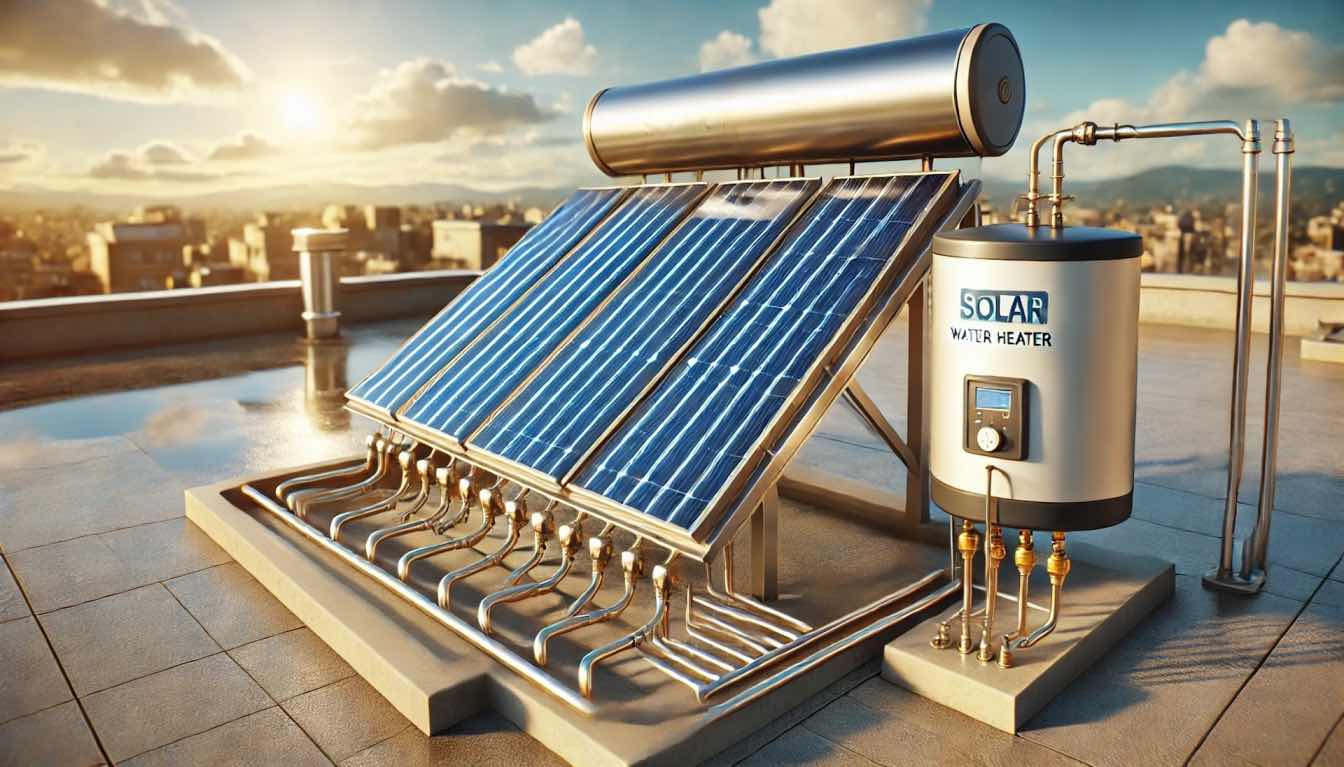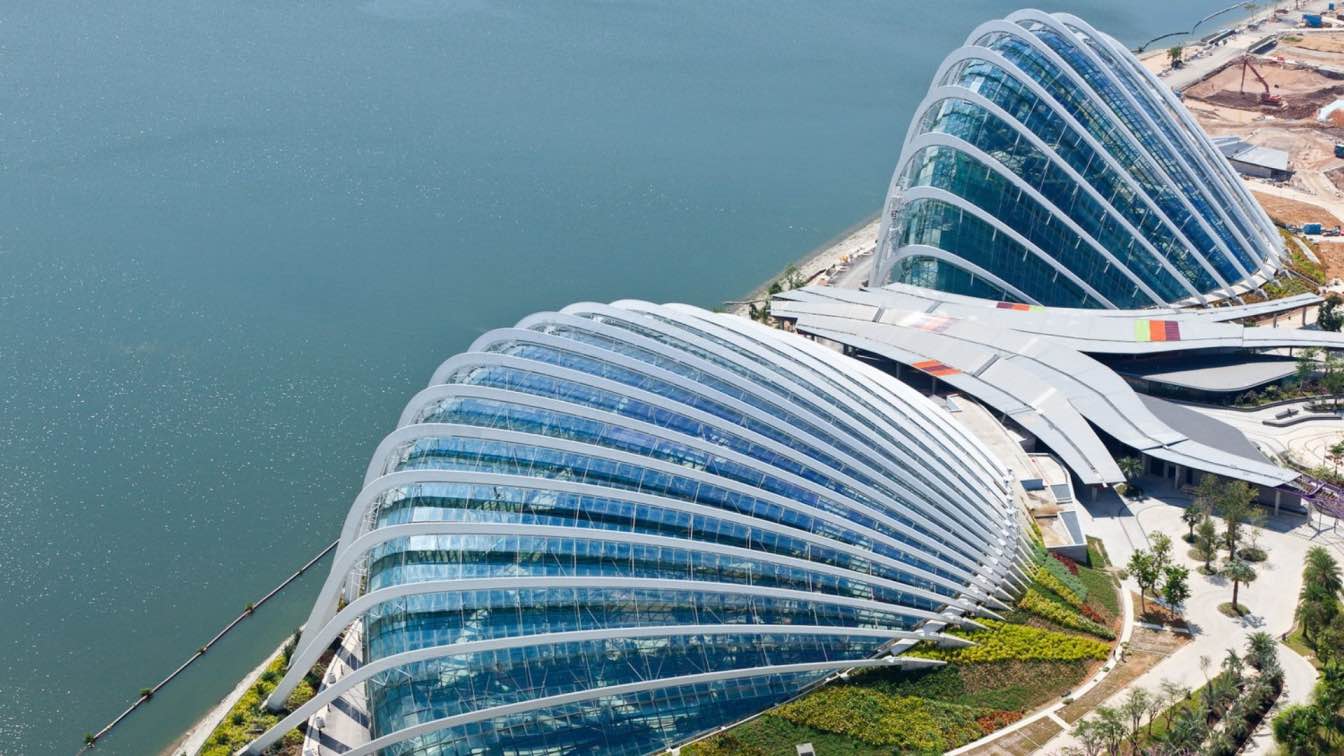It's no secret that generators provide an essential backup power source for homes and businesses in the event of a power outage. But what many people don't know is that you can install a generator with your existing solar panels, to create a more reliable and efficient energy system. Here are six things you should know when installing a generator with existing solar panels.
Know your wattage needs
The first step is to know how much power you'll need to generate to run your home or business during a power outage. This is typically measured in watts, and you can use a wattage calculator to determine your specific needs.
For instance, let's say you have a home with a fridge, some lights, and a TV. You'll need about 700 watts to run the fridge, 200 watts for the lights, and 500 watts for the TV. That means you'll need a generator that can produce at least 1400 watts of power.
On the other hand, if you have a business with computers, lights, and other electronics, you'll need a generator that can produce at least 2500 watts of power.
Choose the right generator
Once you know how much power you need, you can start shopping for the right generator. The reviews will come in handy as you narrow down your choices. But ultimately, you'll want to choose a generator that's both powerful enough to meet your needs and efficient enough to save you money on fuel costs.
There are a few things to keep in mind when making your decision.
First, you'll want to make sure that the generator is rated for continuous use at your wattage needs. This is important because you don't want the generator to overload and shut down during a power outage.
Next, you'll want to consider the fuel type. Generators can run on gasoline, propane, or diesel. Gasoline is the most common fuel type, but it can be difficult to find during a power outage. Propane and diesel are more reliable, but they're also more expensive.
Finally, you'll want to think about the noise level. Some generators are very quiet, while others can be quite loud. If you're going to be using the generator during a power outage, you'll want to choose one that won't be too disruptive. Homeowners often prefer to shop for generators that aren't as noisy, ensuring a peaceful environment even during power outages. Quiet generators are especially desirable for residential areas where loud noise can be a disturbance to neighbors and family members.
Install the generator
Once you've chosen the right generator, it's time to install it. The first step is to find a location for the generator. It should be close to your main electrical panel, but far enough away from your home that it won't be a nuisance.
You'll also need to install a transfer switch. This will allow you to safely connect the generator to your electrical system. Finally, you'll need to connect the generator to your solar panels. This can be done with a simple adapter.
Of course, if you're not sure how to do any of this, it's always best to hire a professional. They will be able to help you choose the right generator and install it safely.
Test the system
Once you've installed the generator and transfer switch, it's time to test the system. The best way to do this is to have a power outage. But if that's not possible, you can still run some tests.
Start by disconnecting your home from the grid. Then, start the generator and turn on some lights. If everything is working properly, you should see the lights come on.
If you have a business with computers, you'll need to test the system more extensively. But for most homes, this basic test will suffice.
Maintenance and troubleshooting
Once you've installed the generator, it's important to keep up with maintenance. This includes things like changing the oil and filters regularly. It's also a good idea to test the system regularly. That way, you can be sure that it's always ready to go in case of a power outage.
If you do run into problems, there are a few things you can do to troubleshoot. First, check the fuel supply. If the generator isn't getting enough fuel, it won't be able to produce enough power.
Next, check the air filter. A dirty air filter can restrict airflow and cause the engine to overheat. Finally, check the spark plugs. If they're dirty or damaged, they won't be able to create a spark, and the engine won't run.
Installing a generator with existing solar panels is a great way to create backup power for your home. It can also help you to reduce your reliance on the grid, and save you money on your energy bill. Just be sure to choose the right generator, and follow all safety instructions when installing it.

